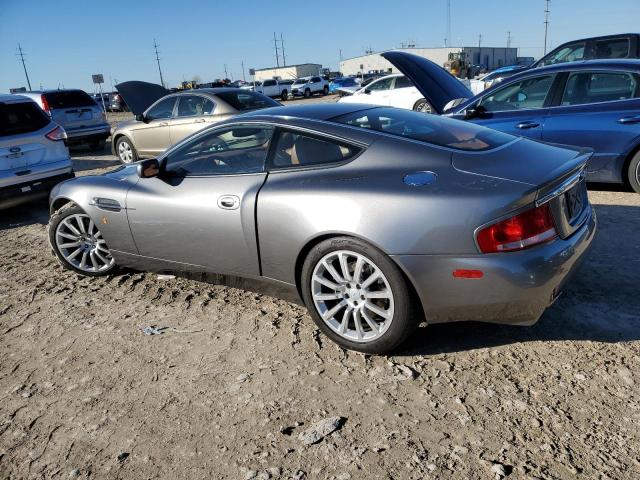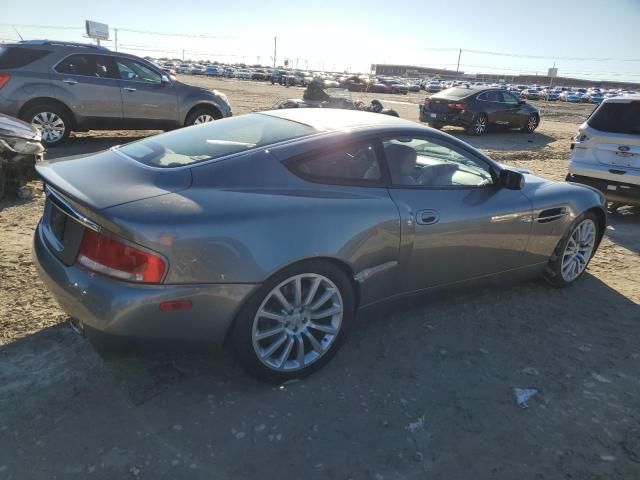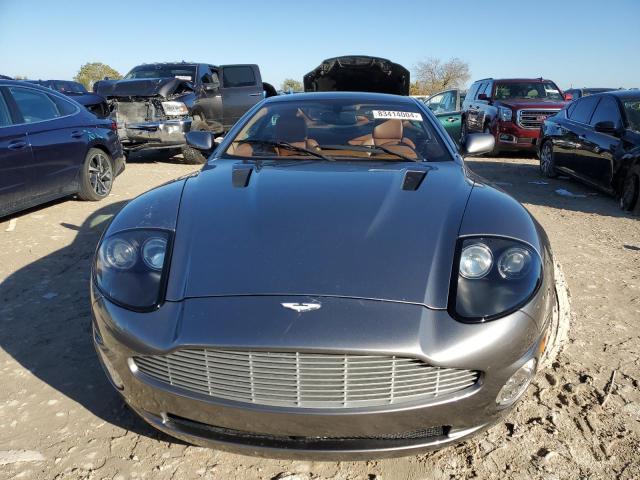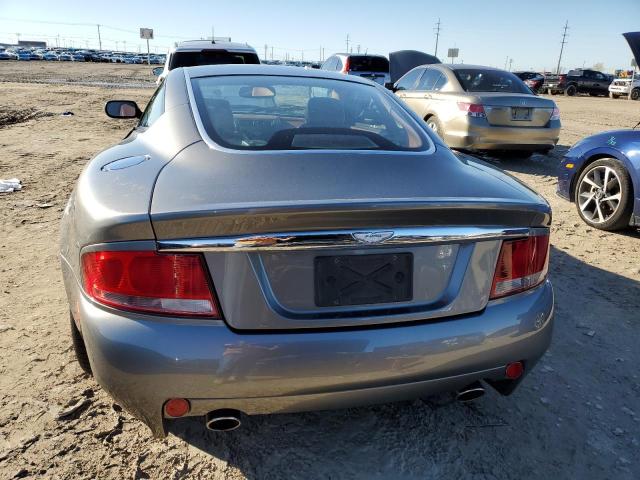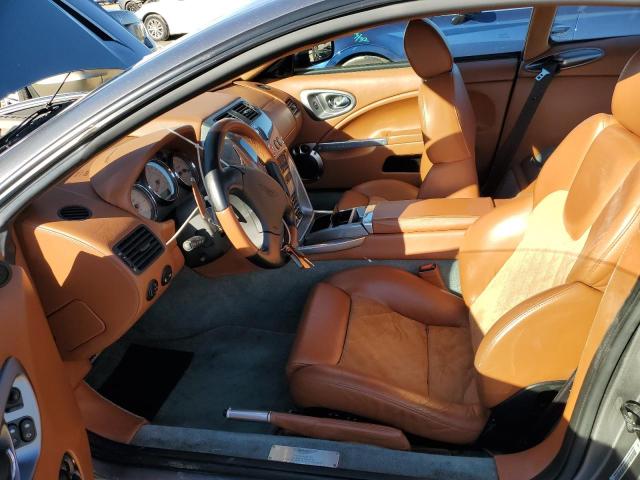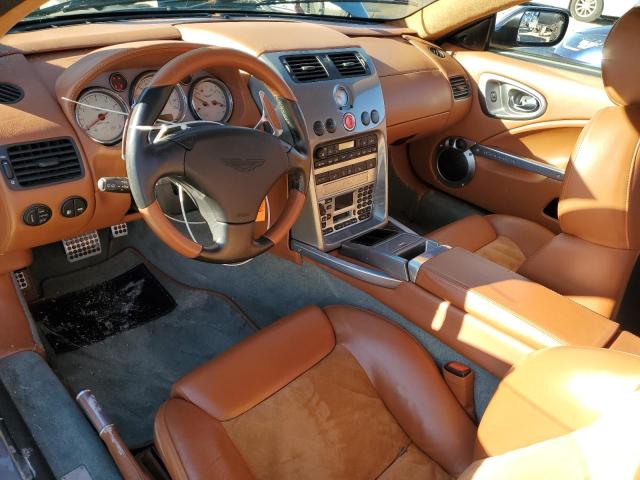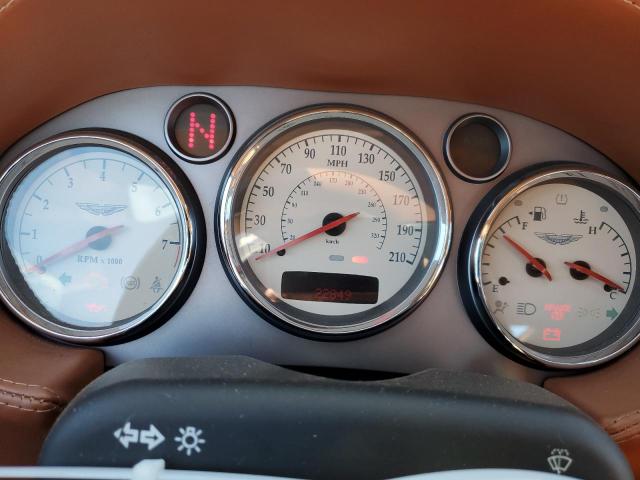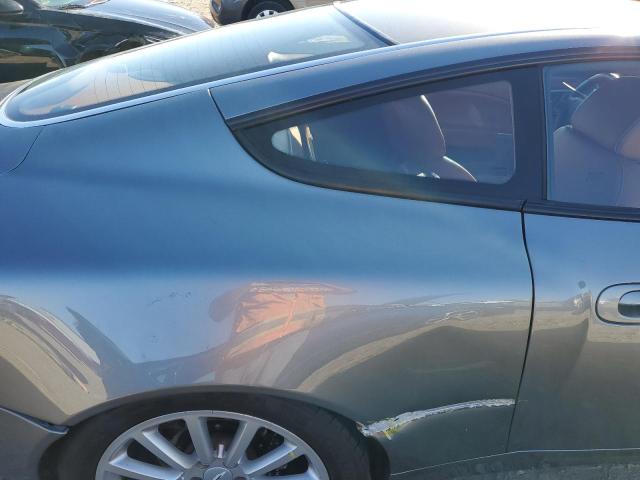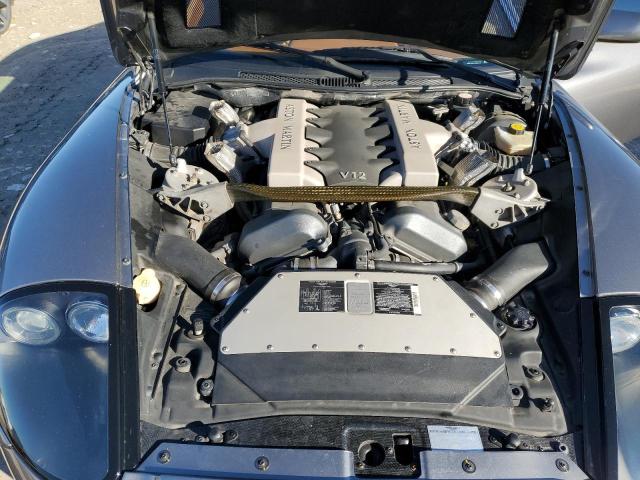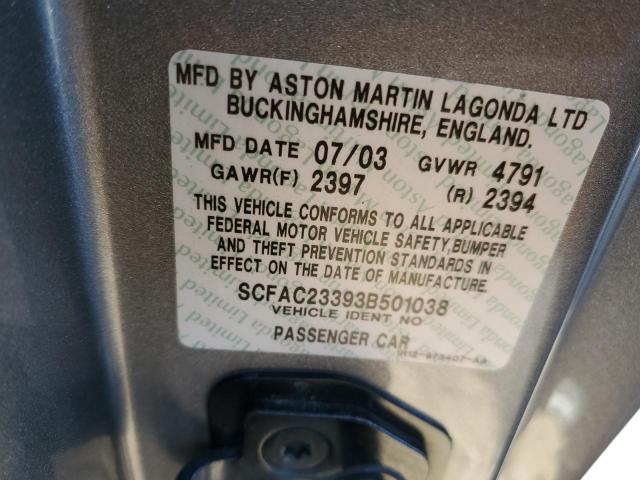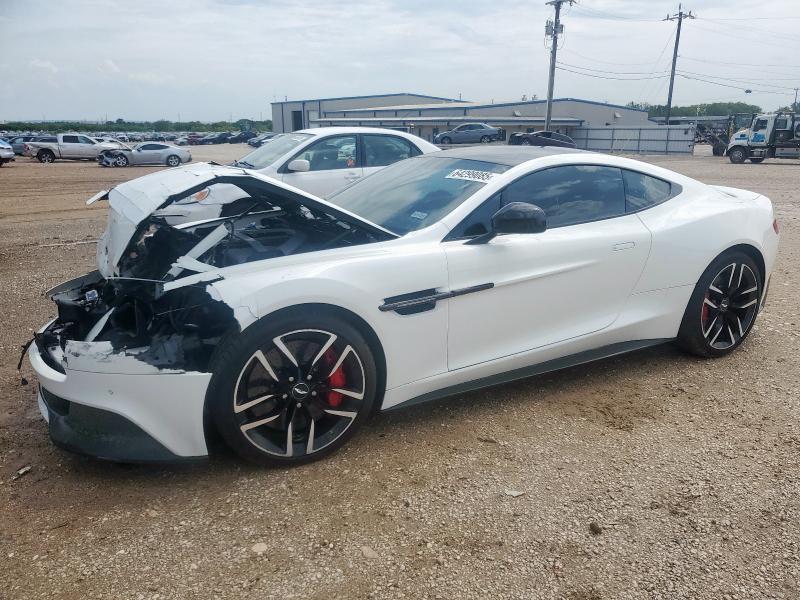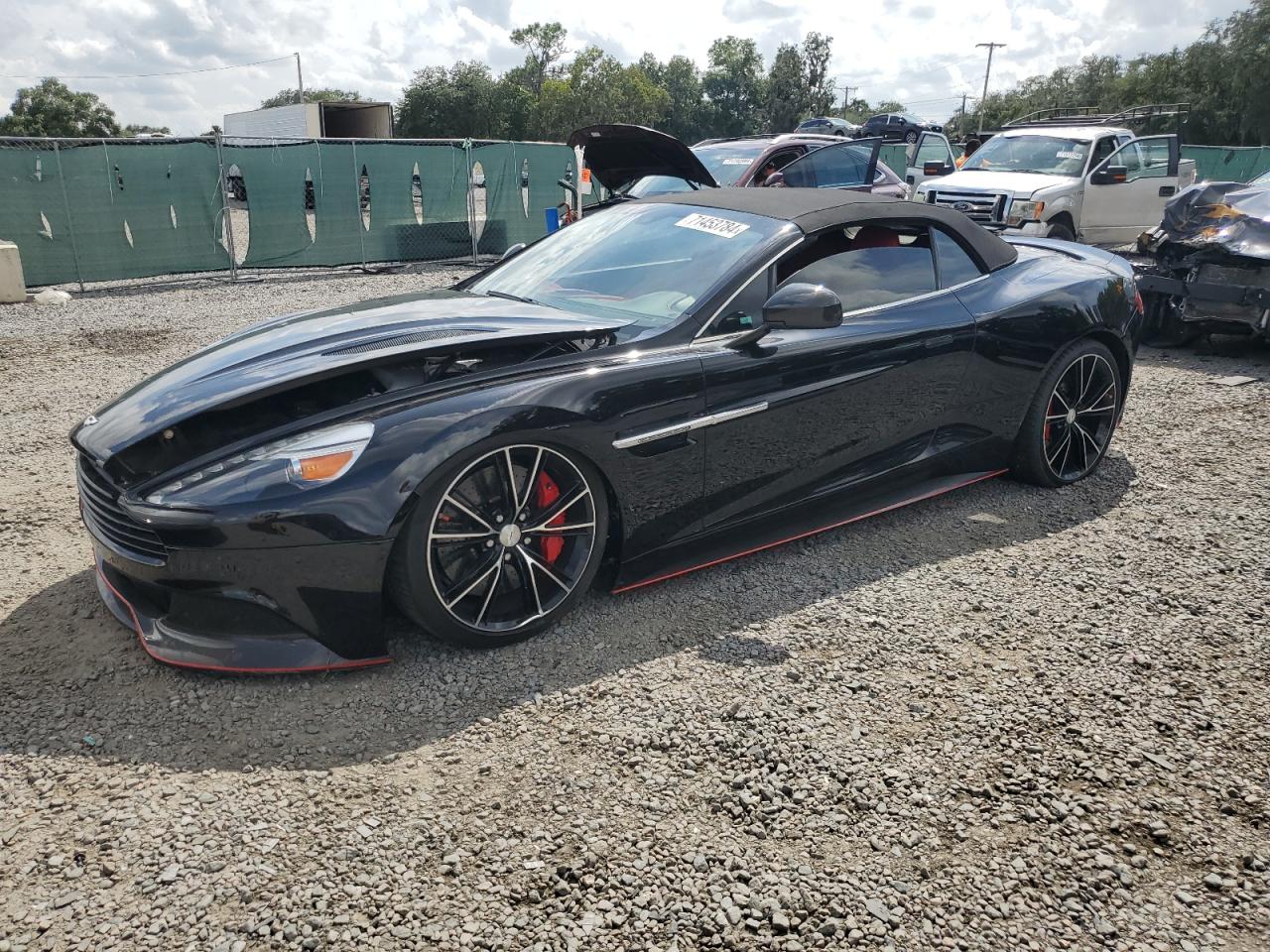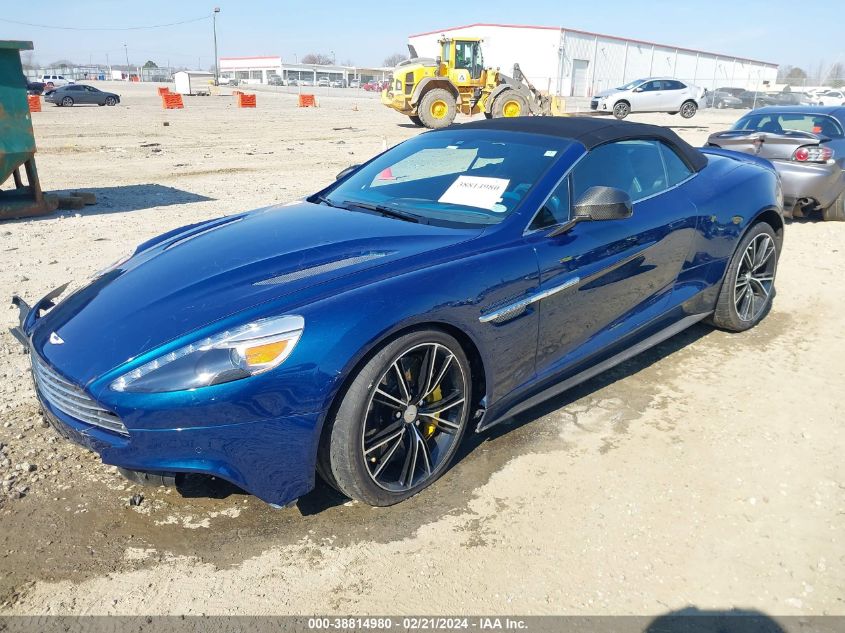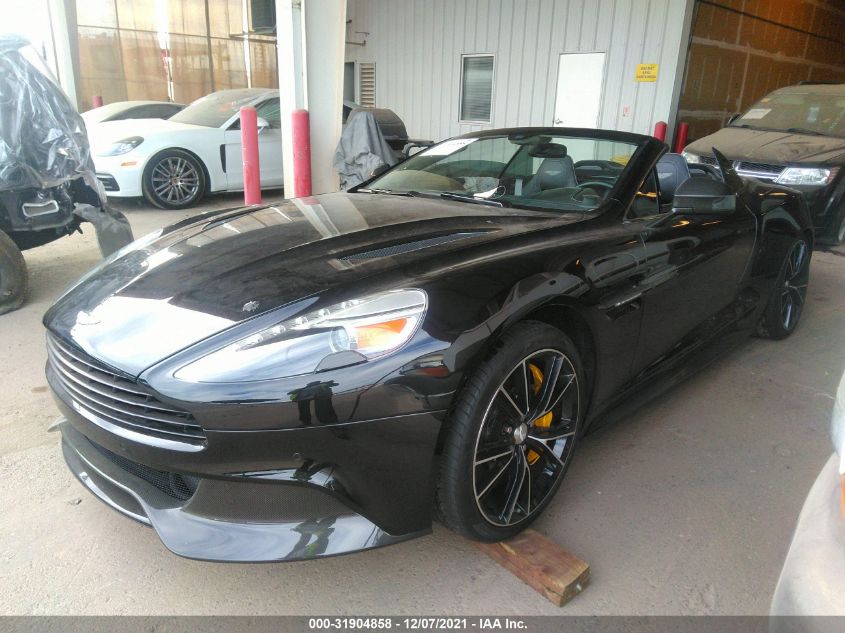2003 ASTON MARTIN VANQUISH | SCFAC23393B501038
 ❯
❯Lot details
- Sale Date2025-01-10
- Lot Number83414004
- ACV50000 $
- Sale documentTX - SALVAGE VEHICLE TITLE
- LocationTX - FT. WORTH
- Odometer22,849 miles (36,772 km)
- Primary DamageSIDE
- Secondary DamageMECHANICAL
Vehicle details
- Make
- Model
- Year2003
- FuelGAS
- Engine6.0L 12
- TransmissionsAUTOMATIC
- Drive TypeRear-wheel drive
Vehicle specifications
1
~$255,000
Engine: 5.9L V12 (revised)
Torque: 577 Nm
0–100 km/h: ~4.5 s
The first-generation Aston Martin Vanquish was more than just a flagship—it was a statement of intent. Powered by a hand-built 5.9-liter naturally aspirated V12, the standard model produced 460 hp, but it was the 2004 Vanquish S that took the car to its full potential, with 528 hp and 425 lb-ft of torque. Acceleration from 0 to 60 mph dropped to around 4.6 seconds, with a top speed just over 200 mph—making it Aston’s fastest road car at the time.
The Vanquish was also significant from an engineering standpoint. It was the first Aston Martin to feature a bonded aluminum chassis with carbon fiber reinforcements, laying the groundwork for future generations. The car used an automated manual gearbox and rear-mounted transaxle to achieve a near-perfect weight distribution, while independent suspension and massive Brembo brakes helped keep it composed at speed.
Visually, the Vanquish was a masterpiece—designed by Ian Callum with muscular proportions, sculpted haunches, and signature side strakes. The Vanquish S added a deeper front splitter, a more aggressive rear diffuser, and 19" wheels that gave it a purposeful stance. Inside, it retained Aston’s signature blend of leather, aluminum, and analog charm. Immortalized as James Bond’s ride in Die Another Day, the Vanquish wasn’t just a high-speed GT—it was the car that ushered Aston Martin into the modern era of super GTs.
Final Bid Aston Martin Vanquish (2003)
$25,250
$25,250
$25,250
Body Styles
Coupe
Model Name Meaning (Manufacturer)
“Vanquish” was chosen for its bold, assertive connotation — representing Aston Martin’s most powerful and technologically advanced model at the time. It symbolized a rebirth of British performance luxury and was positioned as the spiritual successor to the V8 Vantage and Virage.
Model Name Meaning (Languages)
The word “Vanquish” originates from Old French vainquiss meaning to conquer or defeat, making it internationally resonant and easily understood across cultures — reflecting performance, dominance, and elegance.
Body & Interior Colors and Rims
Sports Dynamic Package (uprated suspension, brakes, steering) – $8,000
Carbon Fiber Interior Trim Pack – $4,200
2+2 Seating Option (folding rear seats) – $3,000
Quilted Leather Headliner with Alcantara Finish – $2,400
Power-Fold Heated Mirrors & Electrochromic Rearview – $1,500
Premium Audio System (Alpine or Linn) – $2,800
Custom Q Paint or Heritage Color Match – $6,000+
Carbon Ceramic Brake Upgrade (Vanquish S) – $10,000
Glass ECU Start Key (Final edition cars) – $2,000
Vanquish Ultimate Edition Black Paint / Trim Pack – standard on final 50 cars
Top Expensive Options
- 2+2 seating configuration: ~$13,000
- Power-folding mirrors with memory: ~$1,200
- Satellite navigation system: ~$3,500
- Quilted leather headliner: ~$2,800
- Special metallic paint: ~$4,000
vs Competitors
The Vanquish competed with the Ferrari 575M Maranello, Porsche 911 Turbo (996/997), Bentley Continental GT, and Lamborghini Murciélago. While not as track-focused as the Ferrari or Lambo, the Vanquish delivered brute V12 power in a front-engined GT format, emphasizing grand touring charisma with a hand-crafted cabin. The Vanquish S pushed the car closer to supercar territory with firmer chassis tuning and a 200 mph top speed — becoming Aston’s performance halo until the DBS arrived in 2008.
Fun Fact
The Vanquish was the last model ever built at Aston Martin’s historic Newport Pagnell facility, ending a 50+ year legacy in 2007. Each Vanquish took over 400 hours of hand assembly, with aluminum panels hand-rolled over a bonded carbon fiber tub — making it one of the first production Astons to combine traditional coachbuilding with carbon monocoque construction.



